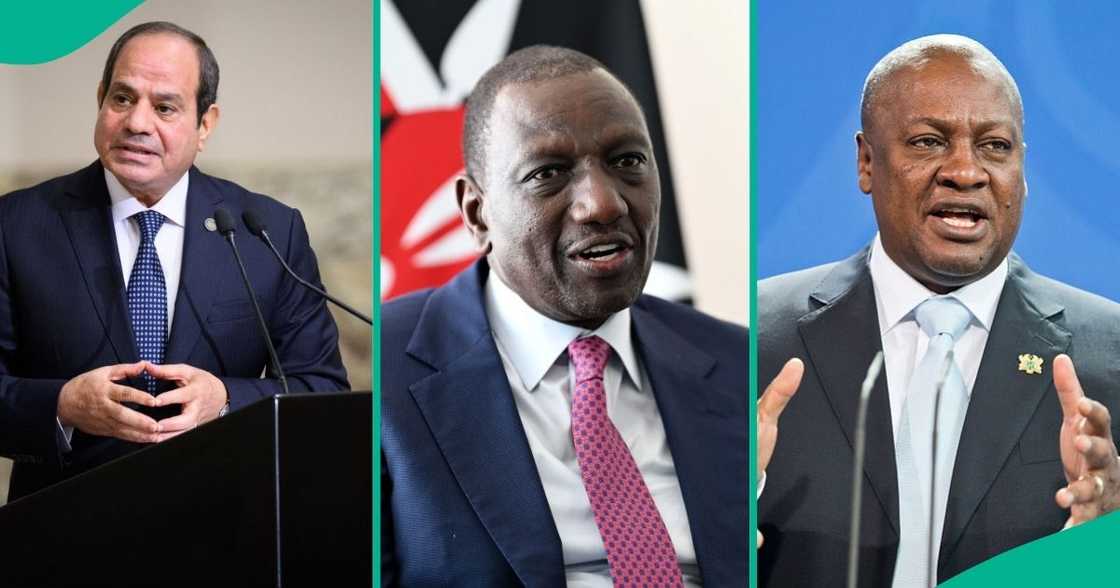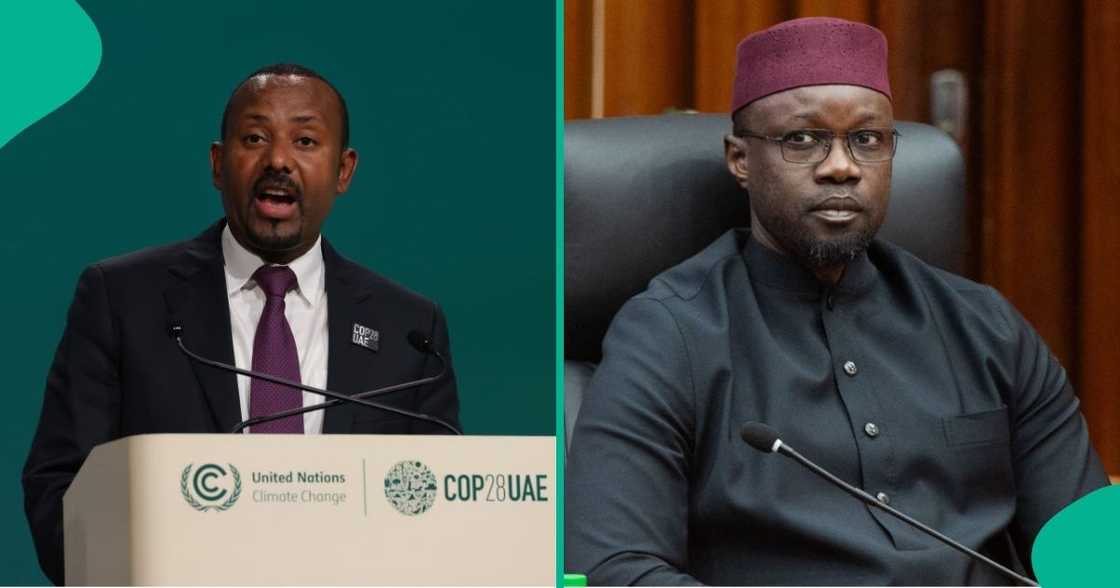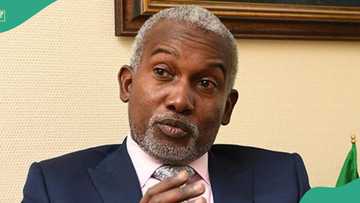Nigeria Missing from List of Top 10 African Countries with Highest Debts to IMF in 2025
- Some African countries have tried to reduce their indebtedness to global lenders such as the International Monetary Fund (IMF)
- However, others are trapped in the endless circle of debt repayments, affecting the development of critical infrastructure
- A recent report by the IMF shows that Egypt occupies the top of the ladder as the African country with the most debt to the IMF
CHECK OUT: Education is Your Right! Don’t Let Social Norms Hold You Back. Learn Online with LEGIT. Enroll Now!
Legit.ng’s Pascal Oparada has reported on tech, energy, stocks, investment and the economy for over a decade.
Some African countries have considerably reduced their debt exposure to the International Monetary Fund (IMF) since 2024.
However, others have continued to accumulate debts as they depend on global lenders like the IMF for financial aid.

Source: Getty Images
IMF debt restricts economic stability
Experts have said that excessive debt accumulation from global lenders could jeopardise a country’s fiscal and economic stability.
IMF loans offer essential financial aid in periods of economic crisis, however, excessive borrowing can lead to reduced policy flexibility, budgetary restrictions, and sometimes, economic instability.
Loans from the IMF and the World Bank come with strict conditions, which could lead to a country tweaking its policies to attract funding.
The loans could also affect the national budget as they would immediately come under strain if the debt level is out of control.
IMF imposes strict loan conditions on Africans
Most African countries spend an essential part of their revenue on debt repayments, leaving little for infrastructure and other key projects.
Tough policy requirements from creditors could restrict countries from making sound economic decisions.
Analysts have said that before loans are disbursed, the IMF forces countries to begin massive structural changes such as privatisation, and other austerity measures that align with its long-term development objectives.
Keeping external borrowing at a minimal level is key to preserving financial sovereignty and ensuring that national resources are geared toward the economic well-being of the people.
South Africa reduces its debt to the IMF
Compared to the January debt levels of most African countries, South Africa has significantly reduced its debt exposure to the IMF.
The country has gone from owing $1.1 billion in debt in January to owing the fund just $762.6 million and now occupies the eighth position on the list.
However, Tanzania now occupies the 10 position.
Top African countries with the most IMF debt
Egypt: $8.1 billion
According to the IMF, as of February 21, 2025, Egypt's total outstanding credit from the International Monetary Fund (IMF) was $8,173,127,517.
In January 2025, Egypt received a $1.2 billion disbursement from the IMF as part of an $8 billion program.
The IMF extended the program in March 2024 to help Egypt address its economic challenges, including high inflation and foreign currency shortages.
It has also provided financial assistance to Egypt, along with the World Bank, the European Union, and the United Arab Emirates. Egypt's debt service costs for 2025 are estimated at $22.46 billion.
Kenya: $3.billion
According to the latest IMF data, as of January 31, 2025, Kenya's total outstanding debt to the IMF is approximately $3.02 billion.
Angola: $2.9 billion
As of January, Angola’s debt exposure to IMF stands at $2.900 billion, placing it in third position on the continent.
Cote d’Ivoire: $2.6 billion
As of December 31, 2024, Côte d'Ivoire's outstanding purchases and loans to the International Monetary Fund (IMF) were SDR 2431.95 million.
The IMF has praised Côte d'Ivoire's debt position, which has improved due to economic reforms.
The IMF projects that Côte d'Ivoire's fiscal deficit will fall to 3% of GDP in 2025, down from 4% in 2024.
Ghana: $2.5 billion
As of February 21, 2025, Ghana's total outstanding credit from the IMF was $2,506,118,500.
Ghana is working to reduce its debt levels through a debt restructuring program. The program's goals include:
DR Congo: $1.7 billion
In January 2025, the International Monetary Fund (IMF) approved a $1,729 million Extended Credit Facility (ECF) arrangement for the Democratic Republic of the Congo (DRC). The arrangement is for 38 months.
The IMF also approved a $1,038 million Resilience and Sustainability Facility arrangement for the DRC.
The RSF funding will help the DRC with climate adaptation and mitigation. The program will focus on protecting the rainforest, building resilience to climate disasters, and integrating climate considerations into public investment.
Ethiopia: $1.4 billion
As of January 2025, Ethiopia's debt to the IMF is projected to be around $3.4 billion under a four-year Extended Credit Facility (ECF) arrangement, with the IMF Executive Board recently completing the second review of the program, allowing for further disbursements to Ethiopia to address its balance of payments needs.
Cameroon: .092 billion
As of January 31, 2025, Cameroon's total outstanding credit from the International Monetary Fund (IMF) was $1,092,960,000.
In November 2023, the IMF and Cameroon agreed to extend their economic and financial program by 12 months, until July 2025.

Source: Getty Images
Senegal: $1.06 billion
In June 2023, Senegal received $1.526 billion from the IMF under a three-year program. The program includes the Extended Fund Facility and Extended Credit Facility. Senegal also received $371.1 million from the Resilience and Sustainability Facility.
Tanzania: $1 billion
As of January 20, 2025, Tanzania's total outstanding debt to the International Monetary Fund (IMF) was $1.01 billion. This was unchanged from the previous year.
Nigeria services loans from IMF, China, and others
Legit.ng earlier reported that the Nigerian government spent more than $2.24 billion to settle matured external debts between January and June 2024.
Legit.ng has analysed the country's recent loan repayments using the data obtained from the Debt Management Office (DMO)..
A breakdown of figures showed that in 2024's first quarter (January to March), the Nigerian government spent $1.12 billion to service debts owed to various foreign entities.
PAY ATTENTION: Сheck out news that is picked exactly for YOU ➡️ find the “Recommended for you” block on the home page and enjoy!
Source: Legit.ng






